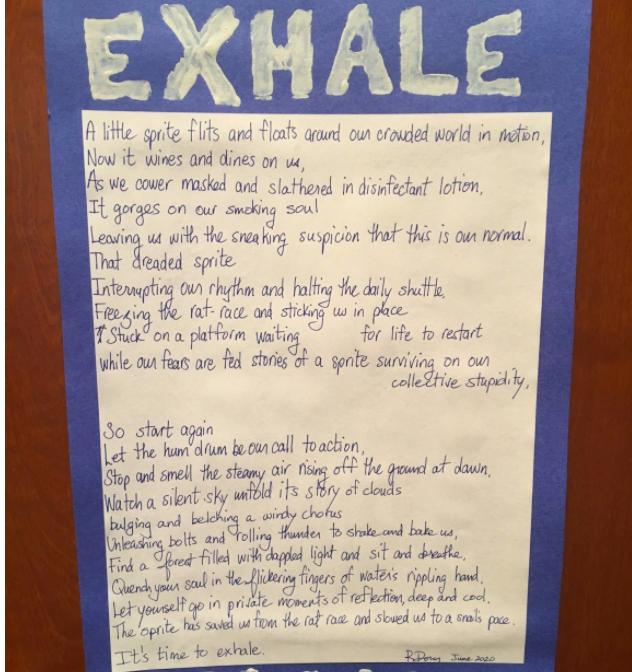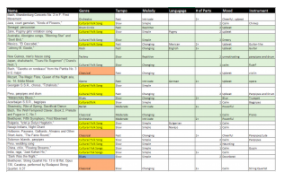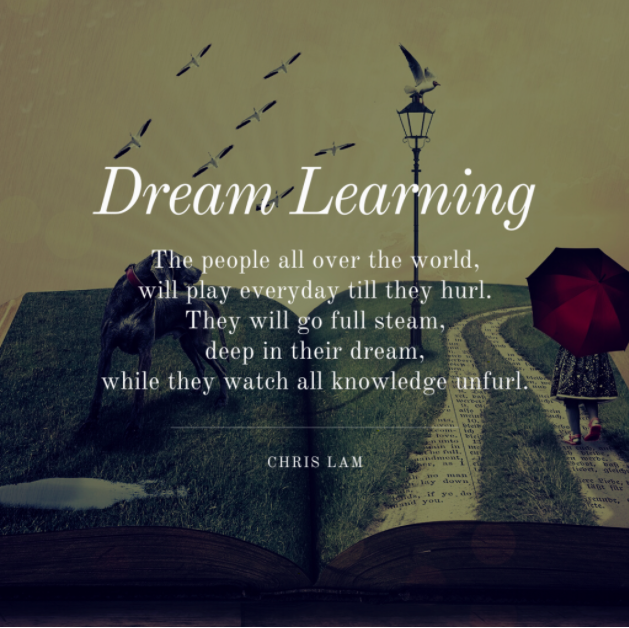Link #1:
Ryan Dorey Task #4 Handwritten Assignment
This task moved me outside of my comfort zone, as someone who rarely uses handwriting. I was not overly creative and certainly did not focus on the visual element of my work. In contrast, Ryan chose to handwrite a poem for this task, and it was refreshing to experience his creative approach.

Ryan’s handwritten poem
His poem highlighted how visually artistic poetry can be, and how expressive handwriting can be. I hadn’t considered any emotional connection or communication to the written letter I was forming, but upon reflection, I did realize that once may have been the case with my handwriting as well.
I appreciate Ryan’s engagement with the course and found that this task, in particular, showed his thoughtful interaction with the activities. It is wonderful that we can see how our classmates tackle the different tasks in this course and it opens up different ideas and opportunities for all of us as we spend time reviewing each other’s work.
Link #2
Jeevan Pannun – Golden Record Network Assignment
It is always interesting to me to see how people approach the same activity in a completely different manner than I do. Jeevun and I had several selections from the Golden Record curation assignment in common, and his network analysis summarizes the reasons behind each song, taking into consideration the selections and reasoning for each of our “group” members.
I worked with the network assignment in a completely different way and didn’t look at others’ motivations or lists at all. I worked with the movable network, trying to create patterns and observe the visual connections, and only speculating on reasons. With the visual network I also focused more on the popularity of the songs and grouping them than I did on the people who selected them.
Our differing approach to the network analysis was also evident within Jeevan’s summary of our reasons for selecting the individual songs. It seems that in many cases we had quite different criteria for selection, although still came up with a relatively similar list. This assignment and analysis provided insight into the different ways that many of us analyze a series of options and also in how we make connections and review information.
Link #3
Aaron Ko – Golden Record Curation
Aaron’s Golden Record curation stood out to me because the description of his criteria actually sounded quite similar to mine. Many of the others that I reviewed seemed to have a very different way of approaching the selections. Then I saw the screenshot of his spreadsheet.

I didn’t include my spreadsheet in my post, but that is also how I classified and organized the different songs based on the different groupings that I had determined to be relevant. Although much of my interest and focus in connections is on people who think differently than I do, I have to admit it was cool to see a thought process that seemed so similar.
Link #4
Brian Ham – Attention Economy
I am so impressed that Brian was able to complete the User Inyerface in 7 minutes! Reading through Brian’s analysis, much of it was similar to my experience, with the exception of the password and email page. I found the checkboxes, captcha and demographic information amusing and annoying, but not difficult if you paid attention.
Brian found the email and password page simple and that drives me crazy! How did I get so caught up on that? I agree with him that our age and familiarity with the evolution of websites and poor interfaces might make some of this easier for us, but how I wasn’t able to just try clicking on the button to proceed on the password screen now baffles me. The way we interact with interfaces is an interesting thing to consider and the way in which we can be manipulated and tricked is a valuable lesson.
Well done.
Link #5
Norah Smith – Voice to Text
Norah’s voice to text stood out to me, not because of the somewhat disturbing story about summer camp, but because of how nicely written it was. It looked like it was typed and I would never have guessed that it had been done with voice to text technology.
Norah mentions that she has experience working with voice to text technology and that clearly has an impact on the quality of the outcome. Any tool requires practice and this is no exception. Voice to text technology does not yet appear to be ready to pick up on our natural speech patterns, we need to adjust to allow the machine to understand us. Oral storytelling is an art, and it would seem that voice to text storytelling is also an art.
Link #6
Chris Lam – Speculative Futures
Chris’ speculative futures are great! The concept of the ocular implant is both terrifying and plausible – thinking of the ideas set forth in our readings on speculative futures, I do see a pathway to that. I am resistant to the concept of implanted technology, so prefer to go with wearable tech (like glasses), but the implants probably make more sense and would be more convenient in many ways.
The second speculative was the one that really captured my interest.

I have been thinking about graphic design recently, due to some things that we are working on at my workplace, and the field is fascinating to me. How do you distill a whole group of ideas into one image or picture? Chris has done an excellent job of this, the image that he has created, with the few words on the surface, really do capture the essence of a story. I love that it provides enough information that we can feel some of the emotion of the story it is conveying. When I think of the concepts, it feels similar to the emoji activity, in that we are translating and interpreting with this, but there is a much richer palate used to paint the picture, and Chris was not just limited to a limited library of emojis to tell the story. I think this is a good example of a ‘text’ that is not a full written story.